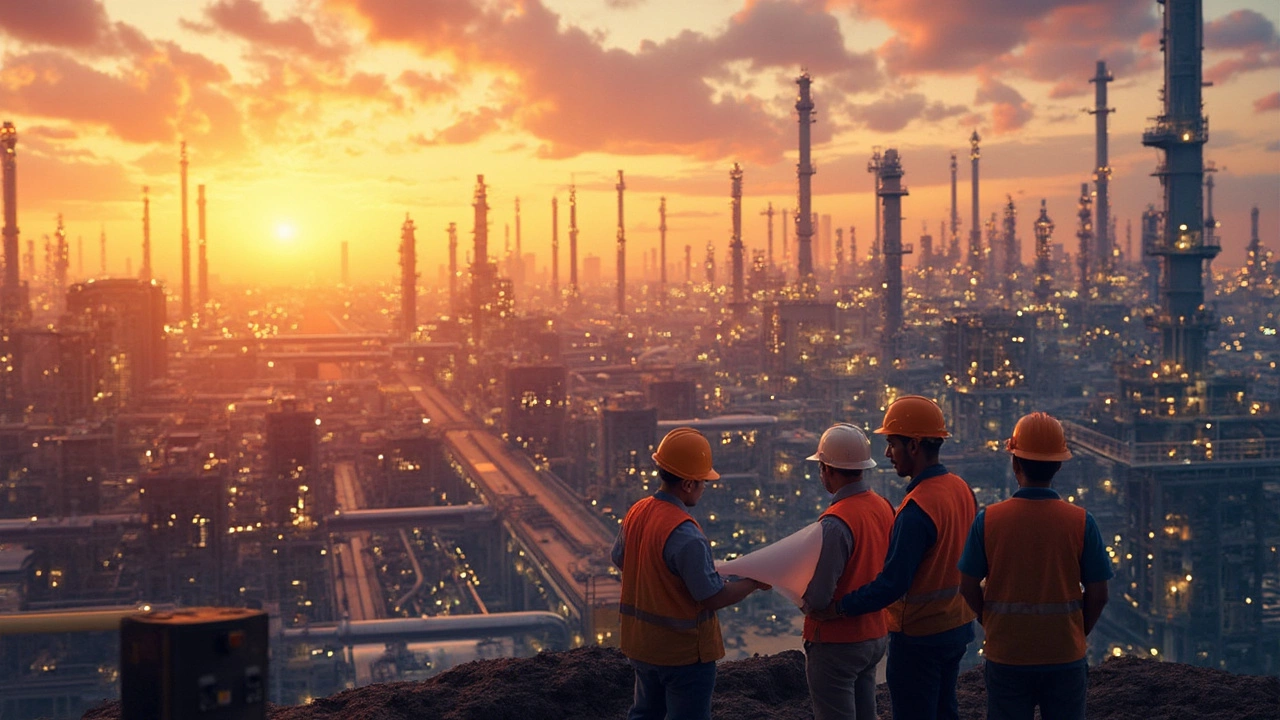Largest Chemical Company in Asia: Who Leads the Market?
When you hear "largest chemical company in Asia," the name that usually pops up is Sinopec. With annual revenues north of $400 billion and a footprint that stretches from oil refining to specialty polymers, Sinopec dominates the region’s chemical landscape. But it’s not the only heavyweight. Companies like Formosa Plastics, Taiwan Poly, and JSR also grab sizable market slices, each excelling in different product lanes.
Why should you care? Whether you’re a manufacturer looking for a reliable supplier, an investor tracking growth sectors, or a policy‑maker shaping trade rules, knowing the top players helps you make smarter decisions. The largest firms set price benchmarks, drive innovation, and often dictate the availability of raw materials across the supply chain.
Key Metrics That Define the Leaders
Revenue is the easiest way to spot the leader, but a deeper look reveals more useful signals. Production capacity (measured in million tonnes per year), geographic reach, and product diversity all matter. Sinopec, for example, runs over 20 million tonnes of basic chemicals annually and supplies everything from ethylene to specialty fertilizers. Formosa Plastics, on the other hand, is a titan in PVC and other plastics, with a strong focus on recycling and circular‑economy projects.
Another useful metric is R&D spend. Companies that pour a larger share of their budget into research tend to launch new high‑value products faster, giving them a competitive edge. JSR’s recent breakthrough in high‑performance silicone lenses shows how R&D can turn a niche player into a market disruptor.
What the Rankings Mean for Your Business
If you’re sourcing raw materials, aligning with a top‑tier Asian chemical firm can reduce lead times and improve quality consistency. These firms often have robust logistics networks, multiple production sites, and strict compliance protocols—factors that translate into fewer delays and lower risk.
Investors should watch the earnings reports of these giants closely. Strong cash flow and steady dividend payouts are hallmarks of mature chemical companies, while their diversification into specialty chemicals hints at future growth. Keep an eye on how they handle sustainability pressures; the biggest firms are the first to adopt greener processes, which can affect long‑term profitability.
Policy makers and trade analysts can use the rankings to gauge the health of the regional chemical sector. A concentration of production in a few mega‑players may signal the need for competition‑friendly policies or incentives for smaller firms to innovate.
In short, the largest chemical company in Asia isn’t just a name on a list. It’s a bellwether for pricing, technology trends, and supply‑chain reliability across a continent that produces roughly 40 % of the world’s chemicals. Knowing who sits at the top helps you plan better, negotiate smarter, and stay ahead of industry shifts.

Largest Chemical Company in Asia: The Giant Behind India’s Booming Industry
Curious who dominates Asia’s chemical industry? This article digs into the largest chemical company in Asia, spotlighting its reach, reasons for its success, and ties to India’s fast-growing industry. It breaks down how this chemical giant stacks up against global players and what makes its influence huge in India. Discover facts you won’t find in basic industry lists, along with tips for businesses and professionals on collaborating with such giants. This read is for anyone interested in the heart of Asia’s chemical sector.
Read More